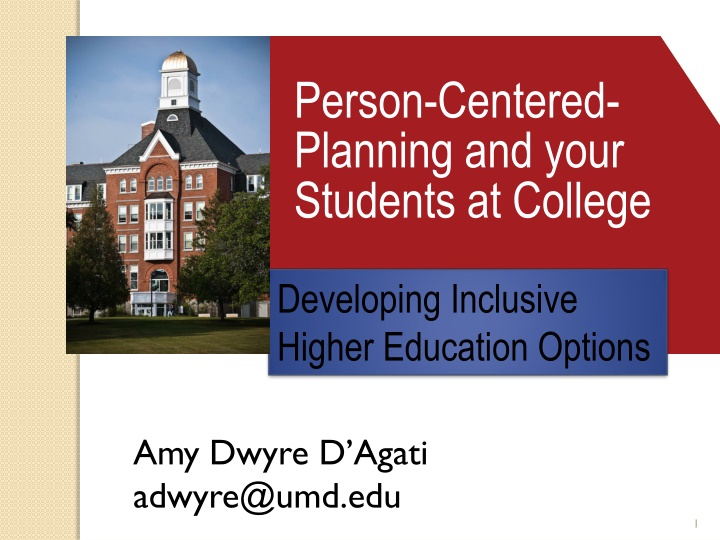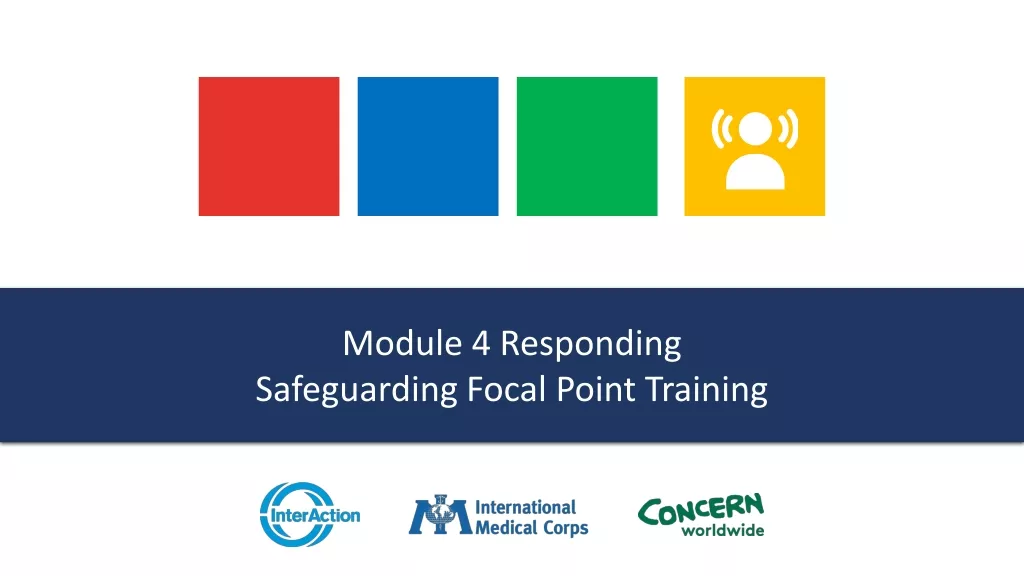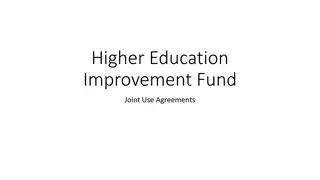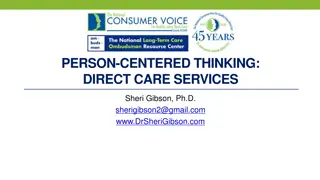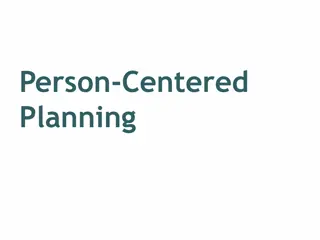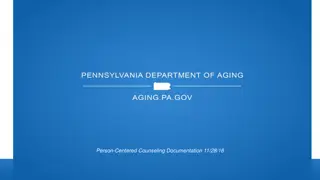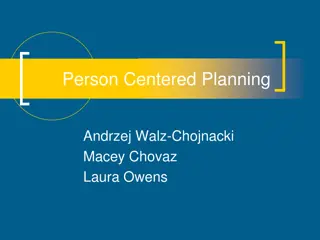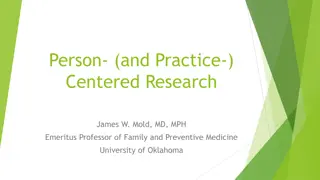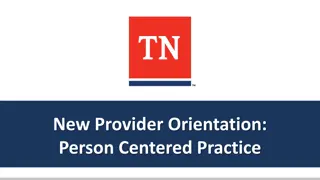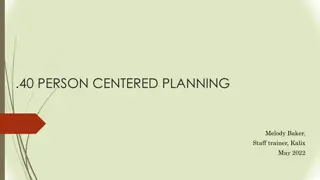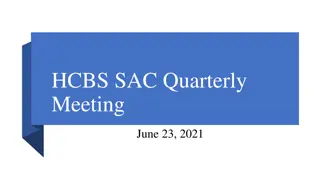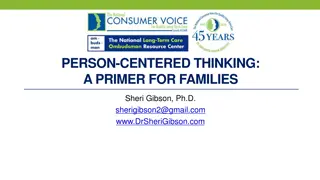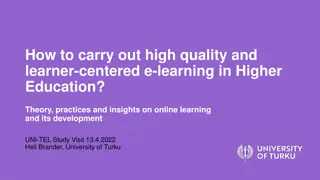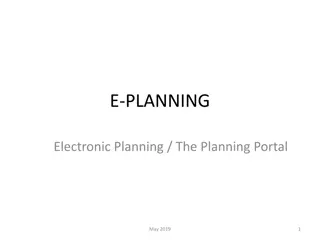Person-Centered Planning in Higher Education
This content discusses the importance of person-centered planning for students with intellectual disabilities in college, exploring the transformative power of inclusive higher education options and the differences between high school and college advocacy and planning processes.
Download Presentation

Please find below an Image/Link to download the presentation.
The content on the website is provided AS IS for your information and personal use only. It may not be sold, licensed, or shared on other websites without obtaining consent from the author.If you encounter any issues during the download, it is possible that the publisher has removed the file from their server.
You are allowed to download the files provided on this website for personal or commercial use, subject to the condition that they are used lawfully. All files are the property of their respective owners.
The content on the website is provided AS IS for your information and personal use only. It may not be sold, licensed, or shared on other websites without obtaining consent from the author.
E N D
Presentation Transcript
Person-Centered- Planning and your Students at College Developing Inclusive Higher Education Options Amy Dwyre D Agati adwyre@umd.edu 1
Why does anyone go to college? Get away from mom and dad Become more independent Have fun Learn TO GET A BETTER JOB!!! Should that be any different for students with intellectual disabilities???
The Transformative Power of College Classes Friends Networks Content Exposure Independence Failure Perspective
Getting to know students: How PSE settings help Student groups Campus activities Extra-curriculars Peer mentors Coursework Variety of environments NOT special ed!
College High School Parents actively involved Schools encourage parental participation Parents talk directly to student s teachers regularly Students are expected to advocate for themselves Parent involvement may be discouraged at times College professors do not regularly communicate with parents of students The Differences between High School and College: Advocacy & Planning
TRADITIONAL PLANNING PERSON Focus on deficits PERSON-CENTERED PLANNING Focus on strengths, capacities Top-down planning Person and their family are the key informants Professionals opinions matter most Balance of formal and informal viewpoints Reliance on standardized assessments and disability labels GOAL Focus is on the dreams and desires of the person Working through a segregated system of support Equality Ameliorization of deficits Quality of life in the community FOCUS Needs of the service delivery system or support structure TEAMS Person and family in a passive role Individual needs, preferences, strengths and capacities of the person Person and family at the center Cooperative efforts among family, friends, community groups and support agencies to provide support for an inclusive life. All support provided by paid professionals, what is available is dictated by professionals NATURE OF SUPPORTS Highly prescriptive education, support and work options based on disability label and "readiness for community living" Highly individualized education, support and work options based on individual dreams, preferences and capacities.
Build a Positive Personal Profile Employers - Add Us In Connecting Youth & environmental preferences Maryland dreams & goals values talents, skills, & knowledge interests life & work experience specific challenges learning styles dislikes creative possibilities & ideas positive personality traits support system creative solutions & accommodations 7
PROCESSES Career Assessment Person-centered planning Community-based Matching coursework/extracurricular Connect classes to career Explore interests through clubs Soft skills Career exploration, search, acquisition Internships, try-outs, on-campus experiences Support and Follow-along Post-hire consulting Staff support for job maintenance
Make opportunities INCLUSIVE Inclusion in regular academic coursework Engagement in campus life Integrated competitive employment Development of Self-Determination skills and Independence
Standard I: Academic Success Quality Indicators: Access to a variety of college courses attended by students without disabilities Address issues impacting course access (placement tests, accommodations, mentors/tutors, faculty training, etc.) Provide students with skills to access academics (resources for access or funding)
Standard 2: Career Development Quality Indicator: Provide employment supports and experiences Person-centered planning Trained job developers/coaches Quality work-based learning Paid work experiences Connection with adult service providers Collection of employment outcome data
Standard 3: Campus Membership Quality Indicators: Access and support to participate in existing social organizations, facilities and technology on campus Clubs and organizations Residential life facilities and activities Technology for social communication Social activities facilitated by students without disabilities, with natural supports
Standard 4: Self-Determination Quality Indicators Ensure student involvement in and control of the establishment of personal goals Ensure development and promotion of self- determination skills Have a process for family involvement (with clearly defined roles)
Standard 5: Alignment with College Systems and Practices Quality Indicators: Offer a meaningful credential or outcomes by the institution Provide access to academic advising Provide access to college campus resources (admissions, counseling centers, housing, transportation, etc.) Collaborate with faculty and staff Adhere to college schedules, policies, procedures and communications
Standard 6: Coordination and Collaboration Quality Indicators: Establish connections and relationships with key college departments Assign a designated person to coordinate program-specific services
Standard 7: Sustainability Quality Indicators: Use diverse sources of funding (financial aid, grants, waiver funds, vocational rehabilitation) Have a planning and advisory team (campus personnel, disability services, disability agencies, community agencies, local business leaders, workforce development, youth and families)
Standard 8: Ongoing Evaluation Quality Indicators: Conduct evaluation of services and outcomes regularly Key stakeholders Student satisfaction Student exit data Student follow-up data Review and adjust based on results
Roles and Responsibilities of all parties: Student, Family, Transition Teacher, Special Education Administrator PLANNING FOR POSTSECONDARY OPTIONS WHILE STILL IN HIGH SCHOOL
Role of Transitioning Student Person-Centered Planning: add postsecondary options to discussions; research college options College selection: Visit campuses, select college that best matches goals, complete forms Academics: choose list of preferred courses and create a schedule Accommodations: register with disability support services, gather documentation, prepare to discuss support needs
Role of Transitioning Student Plan for support: describe what help is needed to be successful IEP: Identify PSE goals Transportation: practice public transportation, or apply for accessible transportation Schedule: Begin practicing using a daily schedule Funding: Determine costs and funding sources with support
Role of Family Person-Centered planning: Assist youth in identifying strengths, and needs College selection: Take youth on tours, review what they see, list pros and cons, review difference between high school and college Academics: assist youth in coursework selection, etc. Accommodations: remind youth of successful accommodations already in place
Role of Family Plan for support: Discuss with team the support family can provide (transportation, cell phone, etc.) IEP: Emphasize PSE goals and supports at the tam meetings Transportation: review back-up plans Schedule: work with youth and team; emergency plans Funding: determine parent contributions
Role of Transition Teacher Person-Centered Planning: Support student to determine goals and research college options College selection: Prepare for campus visits/attend; debrief youth Academics: prepare youth for picking coursework Accommodations: Review past accommodations, assist student to gather documents and go to Disability Support Services
Role of Transition Teacher Plan for Support: work with youth and mentors on providing needed supports IEP: Assist student/advocate for PSE goals; offer college prep activities as part of curriculum Transportation: Conduct mobility training or accessible transportation arrangement; train student in back-up plans and to carry phone numbers Schedule: Work with team to determine supports for a daily schedule Funding: research funding options and support on paper work
Role of Special Ed Administrator Person-centered planning: promote PSE options to youth and families; offer trainings to staff College selection: determine college partnerships; start partnerships where they do not exist; participate in PSE planning meetings Accommodations: help youth and families get access to necessary documentation
Role of Special Ed Administrator Plan for support: give input on fading supports; contact college partner to confirm they have knowledge IEP: Emphasize PSE options for Transition Planning Transportation: allow access to youth to participate in public transportation training Schedules: Attend parent meetings to promote individualized schedules; make flexible community-based services available, including training for staff on how to provide it Funding: forecast number of students going to PSE to prepare a budget and pan with college partners each fiscal year prior.
Role of Faculty/Instructors at the College What do you see your role as?
Role of Faculty/Instructors at the College Awareness of student plan for supports Communicate with student and staff openly Suggest potential changes Incorporate more classroom UDL strategies Be open to allowing opportunities
Critical Elements Connecting college experience with employment Providing access to college coursework Connecting the experience to real outcomes
Positive outcomes for Institutions of Higher Education (IHE s) Mission of Diversity Enhanced collaborations Increased revenue Student Opportunities Opportunities for faculty and staff Funding opportunities
Positive outcomes for students Ability to access adult learning opportunities Expanded social networks Opportunity to connect learning to personal desired outcome Individualized and Enhanced Employment outcomes Socially valued roles and experience
Essential Self-Advocacy Skills Recognizes strengths and weaknesses Articulates strengths and weaknesses Explains disability Knows when to disclose disability Understands disability s impact on performance Identifies accommodations
Essential Self-Advocacy Skills Requests accommodations as needed Identifies when help is needed Obtains help when needed Articulates short-term goals Articulates long-term goals Outlines steps necessary to reach goals Identifies potential barriers to goal achievement
adwyre@umd.edu QUESTIONS
